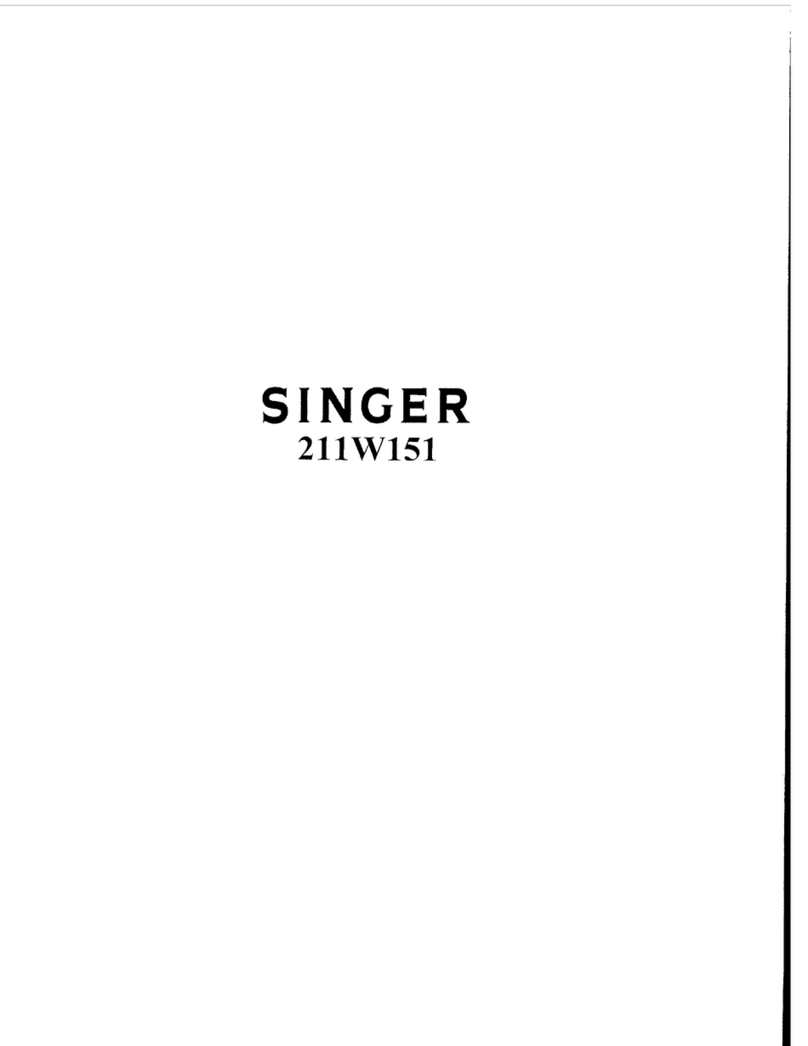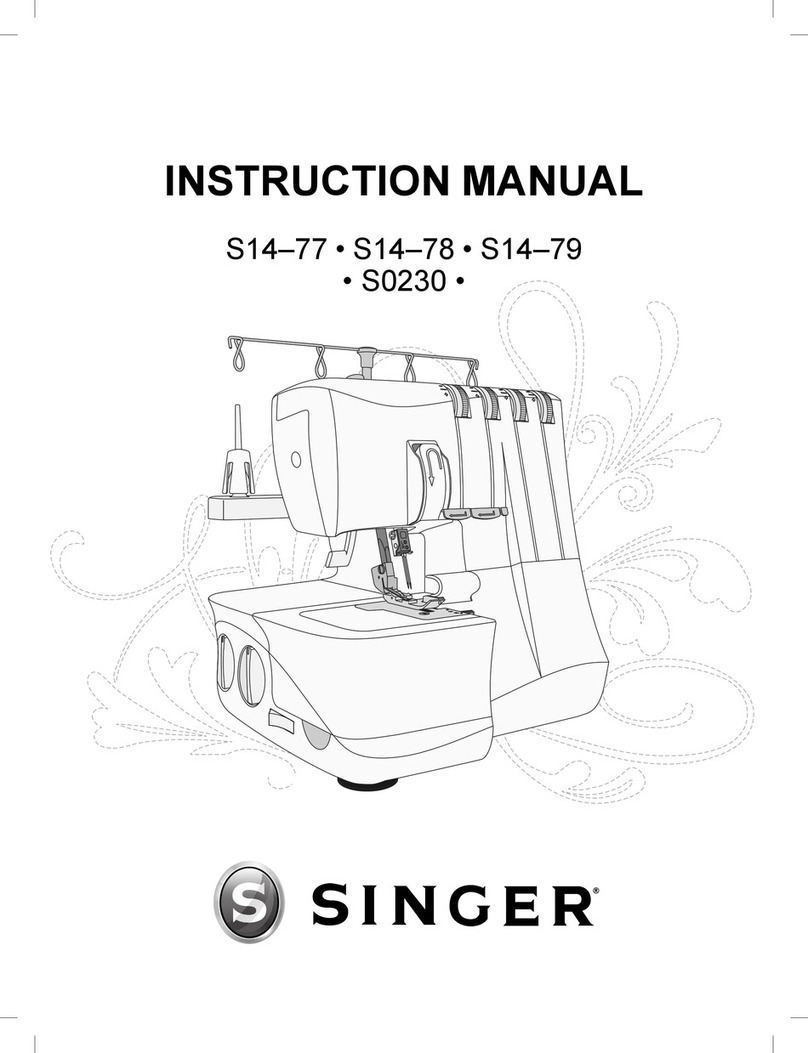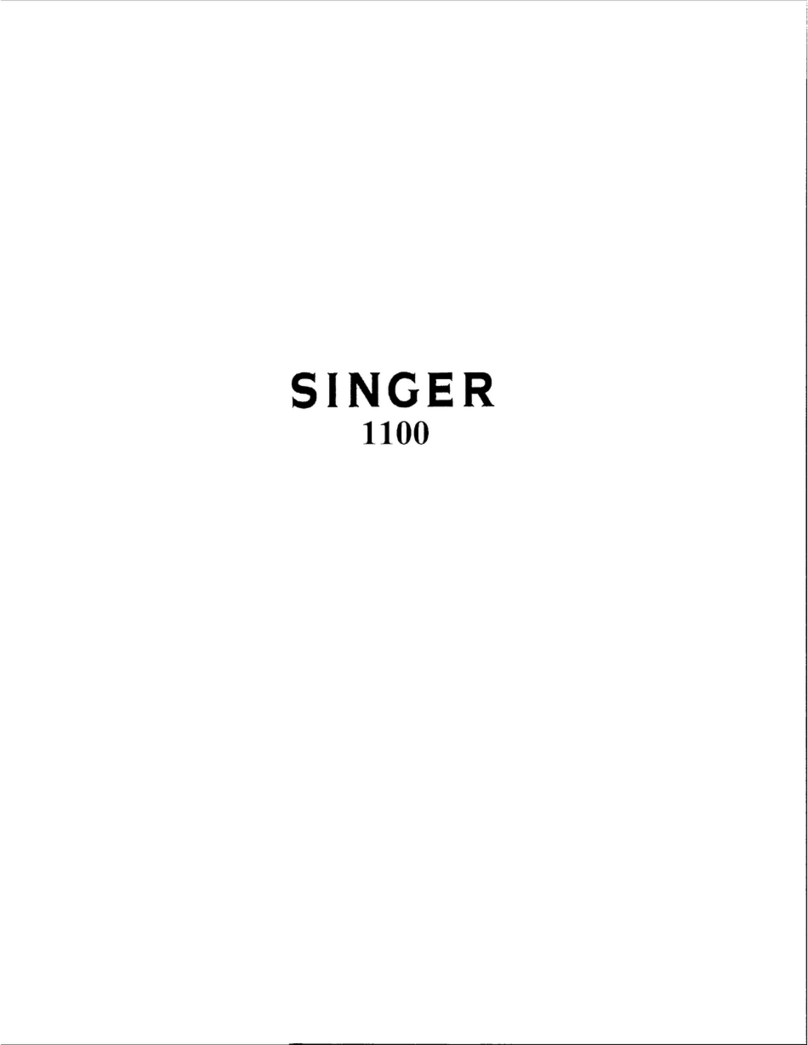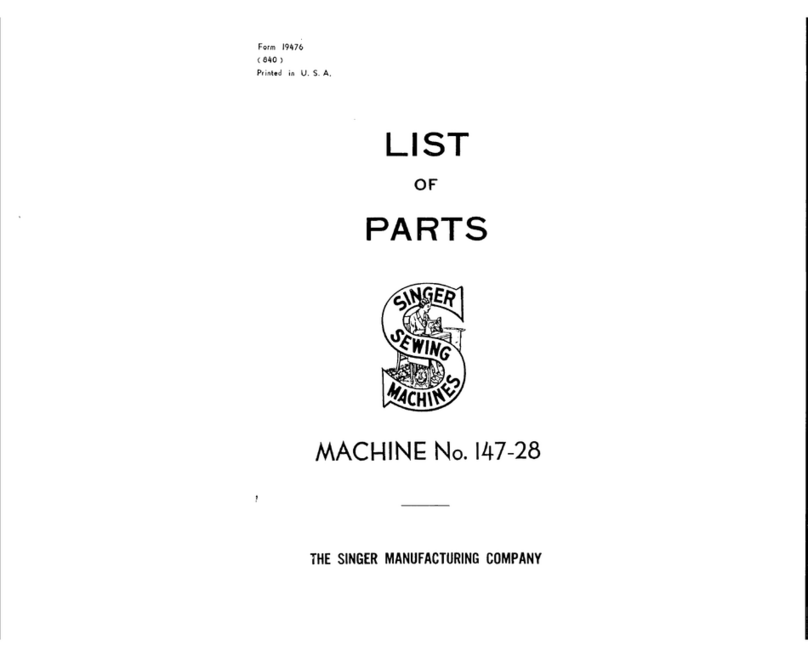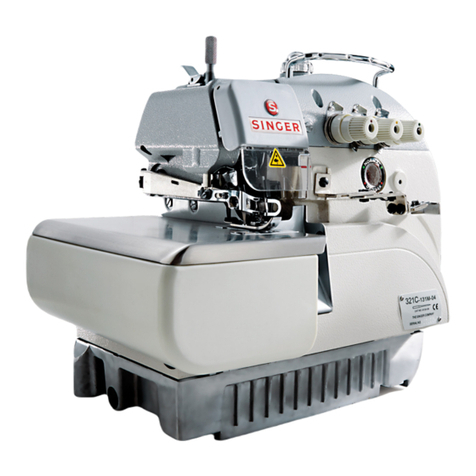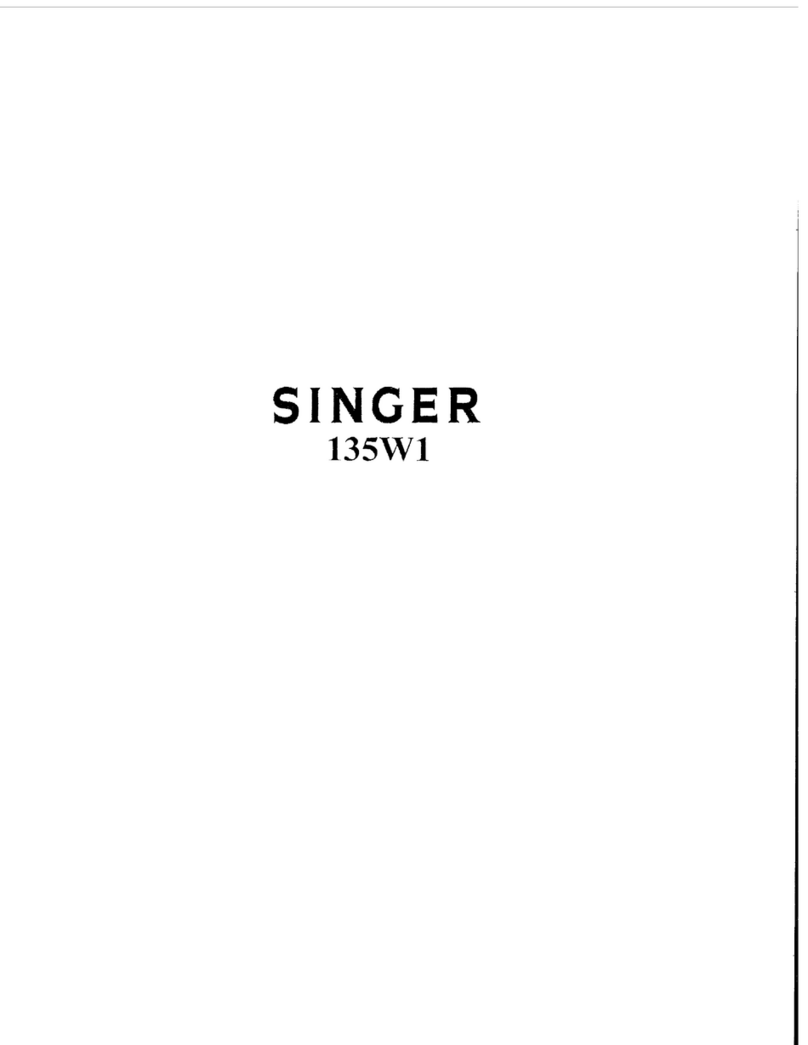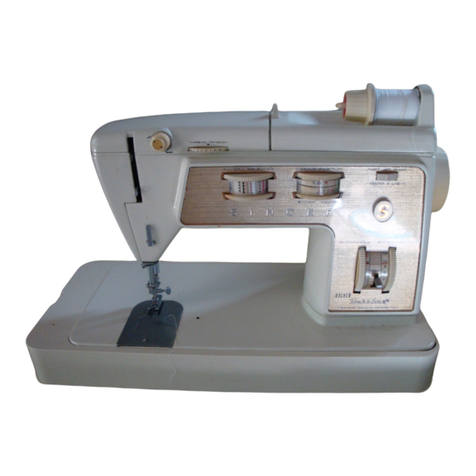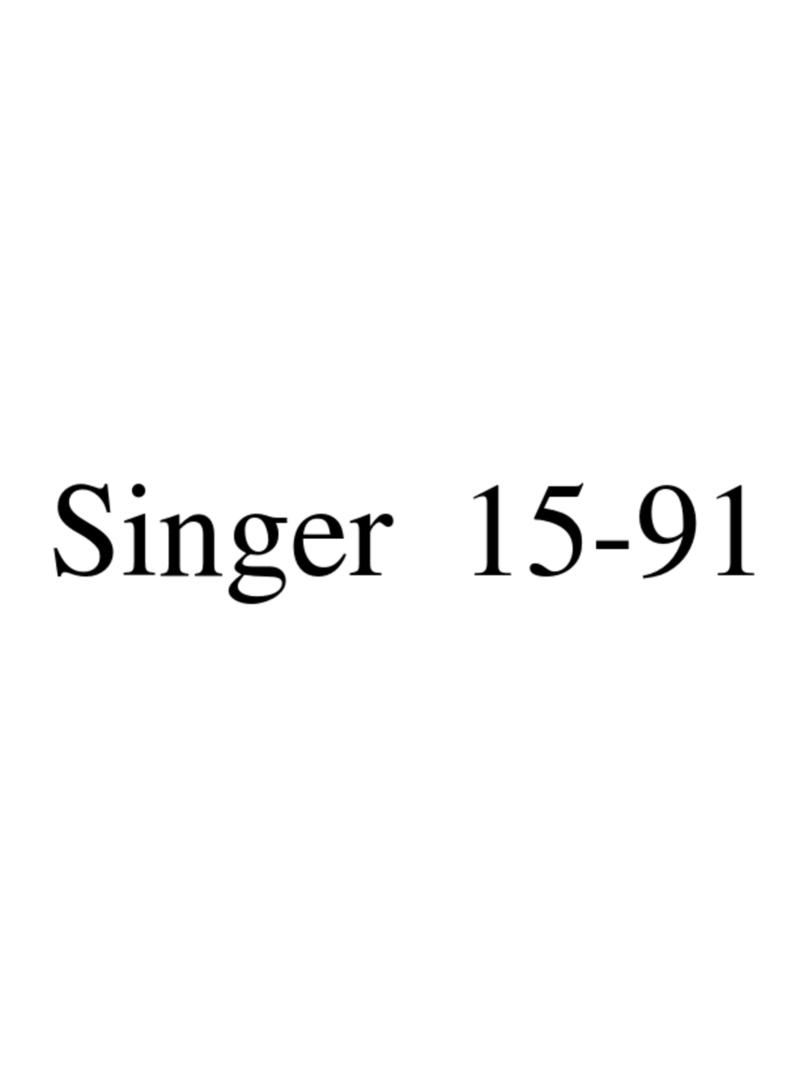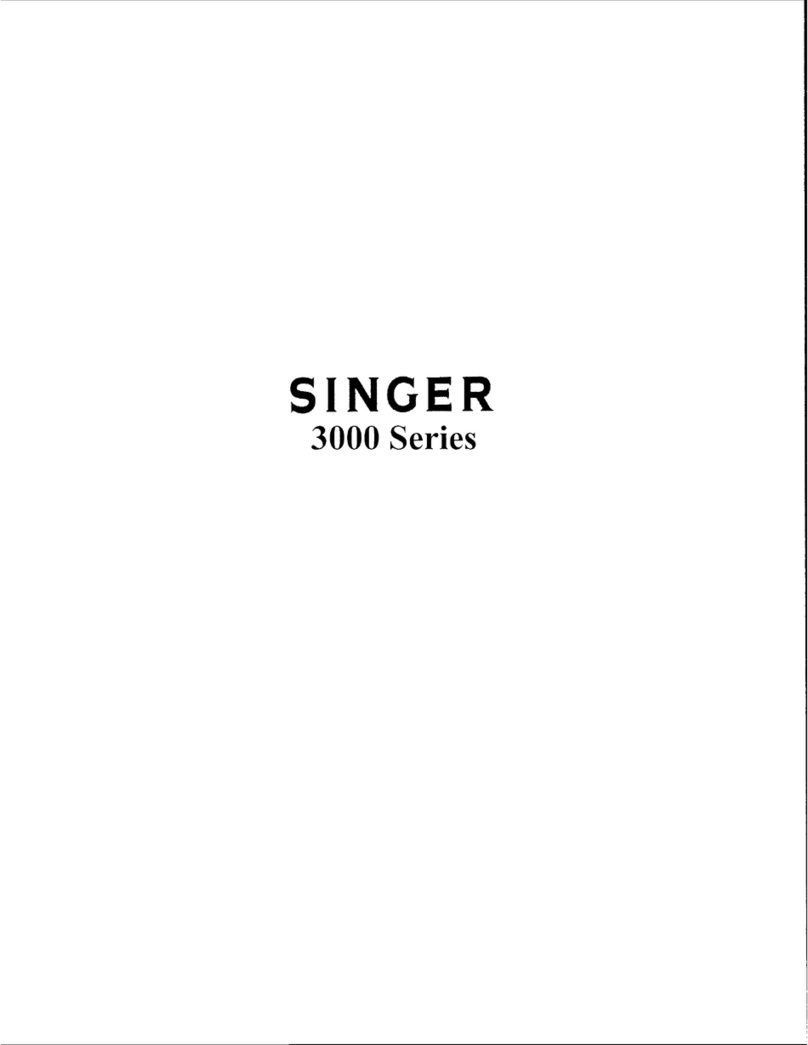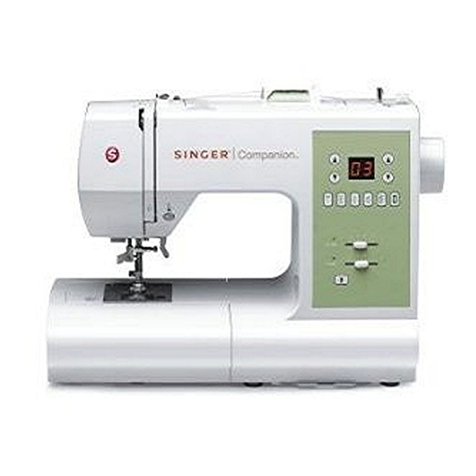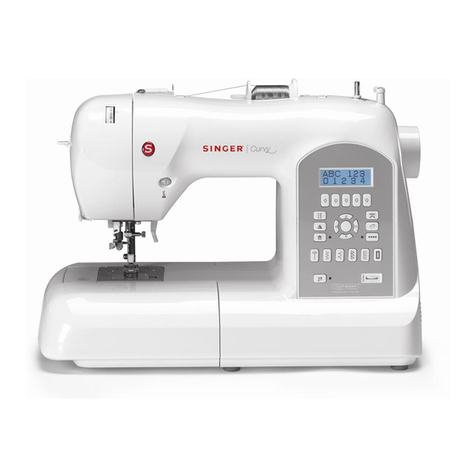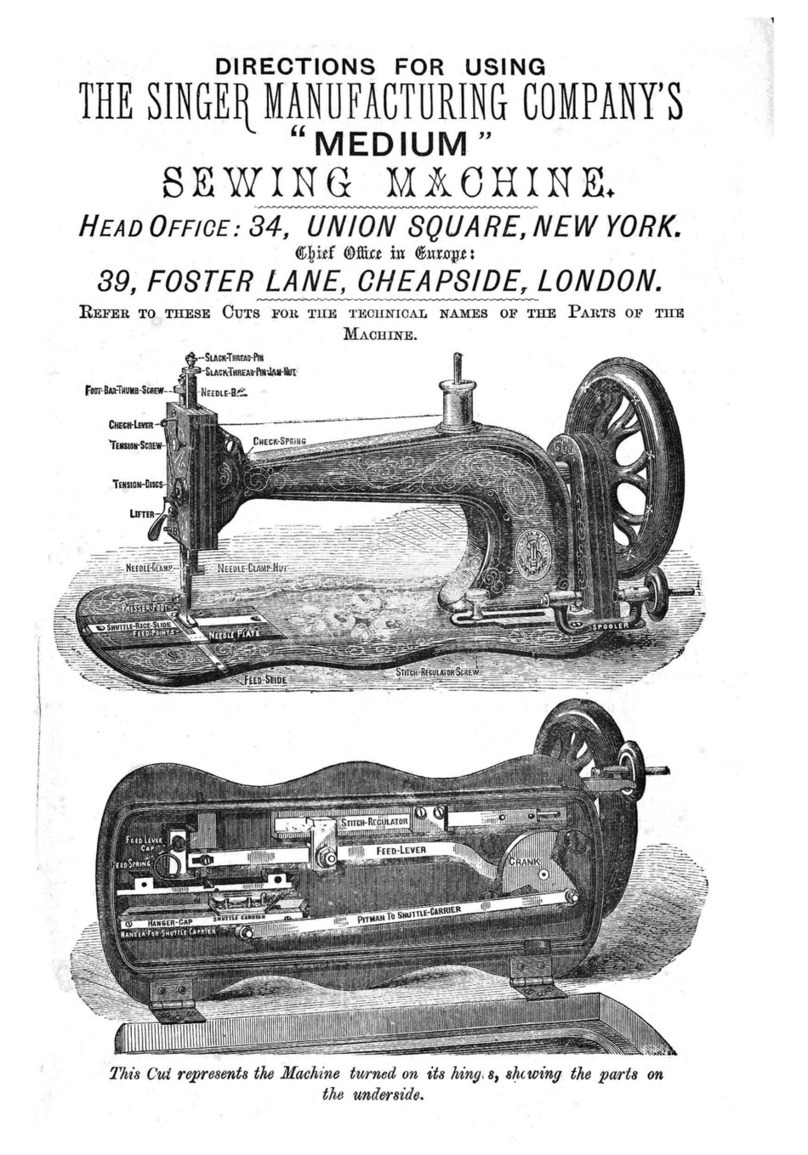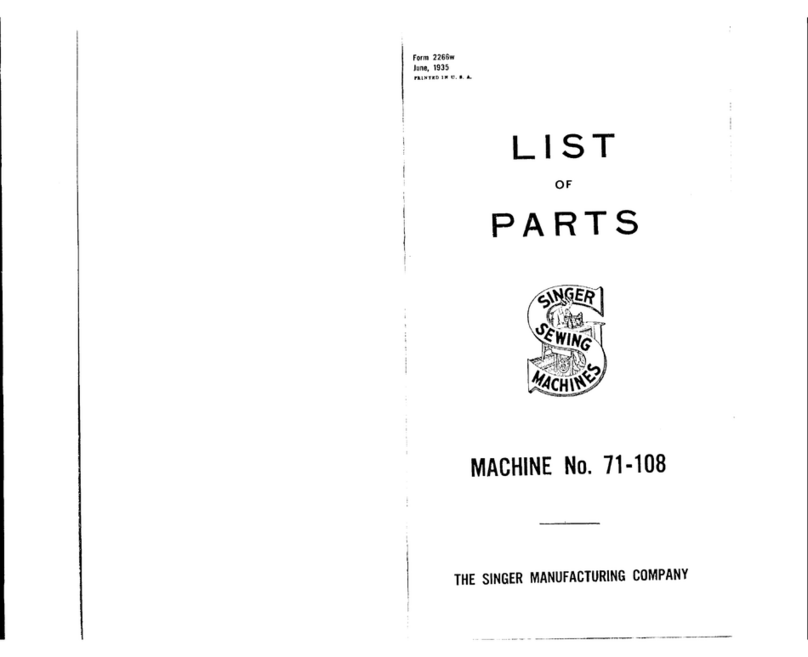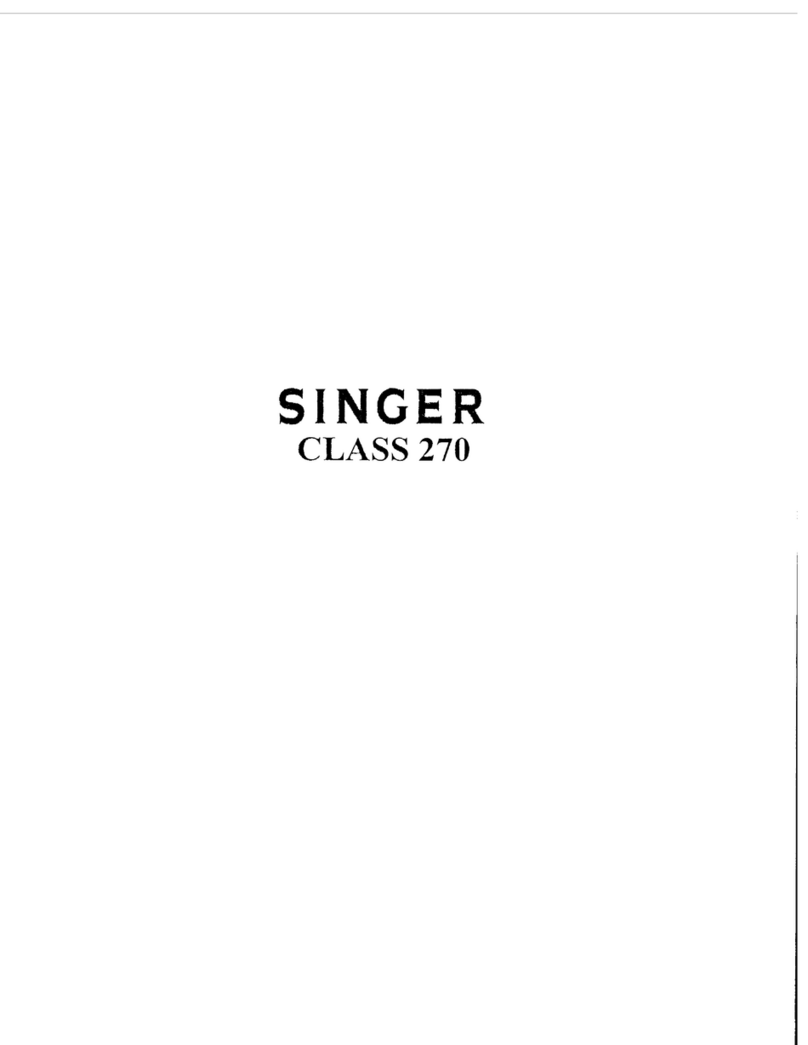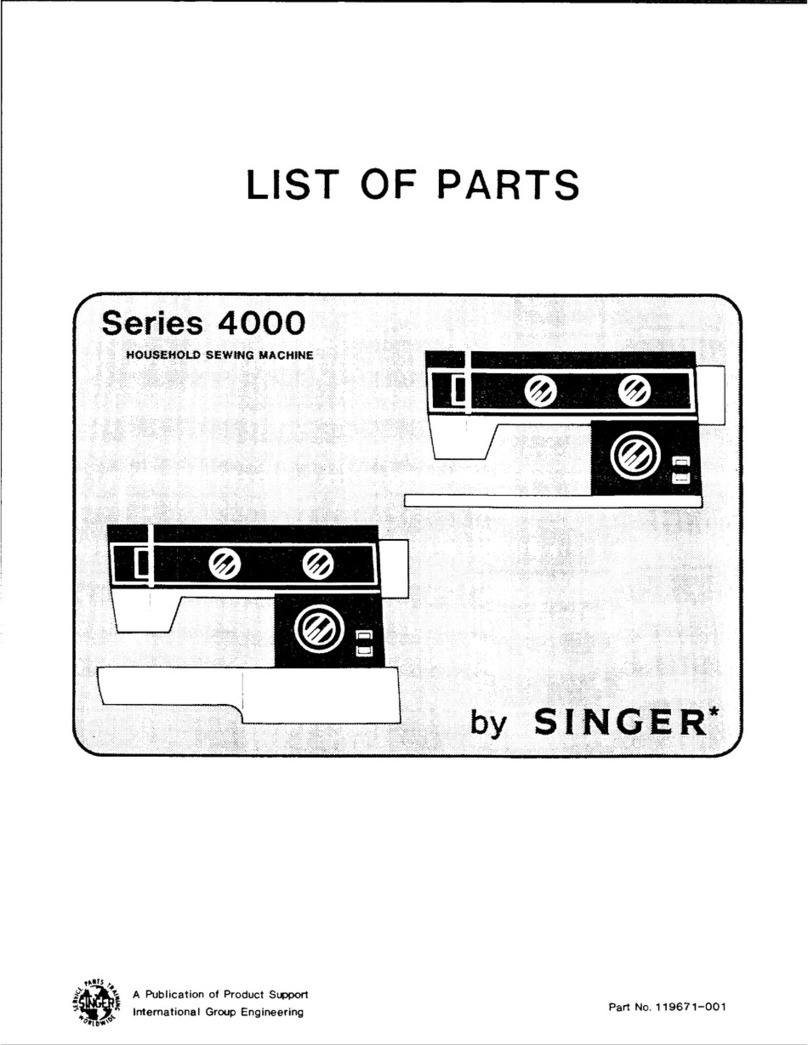
• If the cord connected with the foot control is damaged, it must be replaced by the manufacturer or its service
agent or a similarly qualied person, in order to avoid a hazard.
For Overlock Machines only:
• Never operate without a cutter cover or a securely installed coverstitch table.
SAVE THESE INSTRUCTIONS
TABLE OF CONTENTS
INTRODUCTION............................................. 4
Intended Use .................................................................. 4
Machine Overview.......................................................... 4
Top of Machine .................................................................... 4
Needle Area.......................................................................... 5
Accessories .................................................................... 5
Included Accessories (Not Pictured).................................... 5
Presser Feet................................................................... 6
Stitch Overview............................................................... 6
PREPARATIONS............................................ 7
Unpack the Machine....................................................... 7
Connect to the Power Supply......................................... 7
Pack Away after Sewing ................................................. 7
Free Arm/Removable Accessory Tray ............................ 8
Presser Foot Lifter.......................................................... 8
Thread Knife................................................................... 8
Change the Presser Foot ............................................... 8
Wind the Bobbin ............................................................. 9
Insert the Bobbin ............................................................ 9
Thread the Machine...................................................... 10
Bring Up the Bobbin Thread......................................... 10
Needles .........................................................................11
Important Needle Information ............................................11
Selection Guide — Needle Size, Fabric, Thread ................11
Change the Needle........................................................11
Thread Tension............................................................. 12
Select a Stitch............................................................... 12
Reverse Sewing ........................................................... 12
SEWING........................................................ 13
Start to Sew – Straight Stitch........................................ 13
Change Sewing Direction............................................. 13
Finish Sewing ............................................................... 13
Multi-Step Zigzag Stitch................................................ 14
Blind Hems ................................................................... 14
Darning and Mending ................................................... 15
Repair Large Holes ............................................................ 15
Repair Tears ....................................................................... 15
Four-Step Buttonhole ................................................... 16
Buttonhole Balance............................................................ 16
Sew Zippers.................................................................. 17
MAINTENANCE............................................ 18
Cleaning the Machine................................................... 18
Cleaning the Bobbin Area............................................. 18
Cleaning under the Bobbin Area................................... 18
Troubleshooting............................................................ 19
Technical Specication ...................................................... 23
Intellectual property ........................................................... 23
